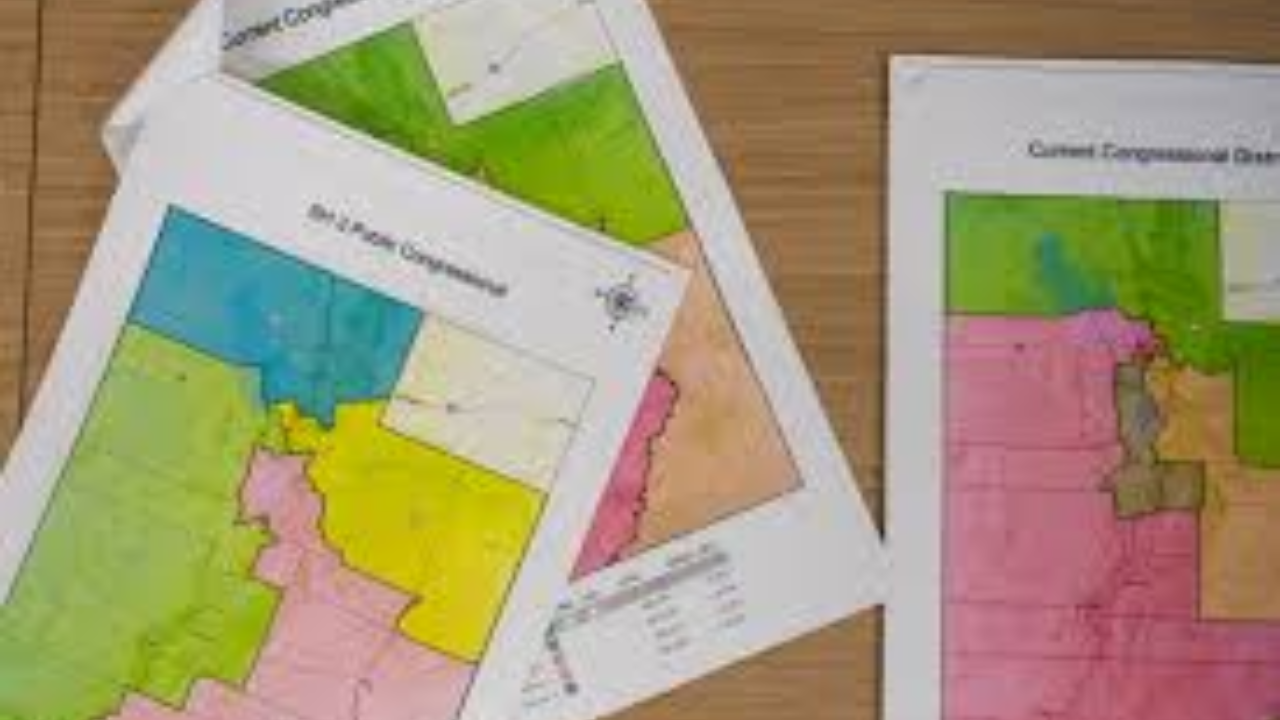A legal battle over Utah’s new congressional boundaries is intensifying, with plaintiffs arguing that lawmakers violated Proposition 4, the voter-approved initiative that restricts the use of partisan data in drawing political maps. The dispute centers on whether an expert hired by the Legislature used voting and party data when designing the map — data that the law specifically prohibits from influencing district lines.
Core of the Dispute
During recent court testimony, political analyst Sean Trende, hired by the Utah Legislature to draw the congressional map, acknowledged using Dave’s Redistricting App, a commonly used mapping tool. While drawing districts, Trende did not disable a feature that displays estimated partisan outcomes based on past election results.
Trende told the court the displayed data was a “worthless composite” of old election cycles and did not influence his decisions. However, plaintiffs argue that simply having partisan data displayed violates Proposition 4, which forbids any consideration of:
- Partisan voting patterns
- Election results
- Political party affiliation
Plaintiffs include the League of Women Voters, Mormon Women for Ethical Government, and multiple Utah residents. They argue the map was constructed to create four safe Republican seats, shutting out competitive or Democratic-leaning districts.
Legislature’s Position
Legislative attorneys counter that the historical partisan data shown on-screen was outdated and not meaningful enough to guide map design. They maintain the map complies with all legal standards and reflects legitimate redistricting goals, such as:
- Preserving communities of interest
- Achieving population balance
- Meeting compactness requirements
They further claim the plaintiffs’ proposed maps are themselves partisan gerrymanders, designed to benefit Democrats.
What Happens Next
Judge Dianna Gibson has scheduled a hearing for Nov. 4 to determine whether the evaluation criteria lawmakers used to judge submitted maps will remain in place. This is a crucial step — the standards she sets will influence which map is ultimately approved.
The lieutenant governor’s office has warned that Utah must finalize a congressional map by Nov. 10 so counties can prepare ballots for the 2026 election.
Complicating matters, the Utah Republican Party is simultaneously:
- Collecting signatures to block the Legislature’s map
- Launching a ballot initiative to repeal Proposition 4 entirely in 2026
Lt. Gov. Deidre Henderson, a Republican, has said the competing political maneuvers are adding “chaos and confusion” to an already tense redistricting process.
Background
Proposition 4 was approved by Utah voters in 2018, establishing an independent redistricting commission and rules limiting partisanship in map drawing. The Legislature later altered the law, but in 2024, the Utah Supreme Court ruled that repeal violated the constitutional right of citizens to legislate by ballot initiative, restoring Prop 4’s core provisions.
Now, the outcome of this case could shape Utah’s political landscape — and possibly influence balance in the U.S. House of Representatives, where the majority remains narrow.



